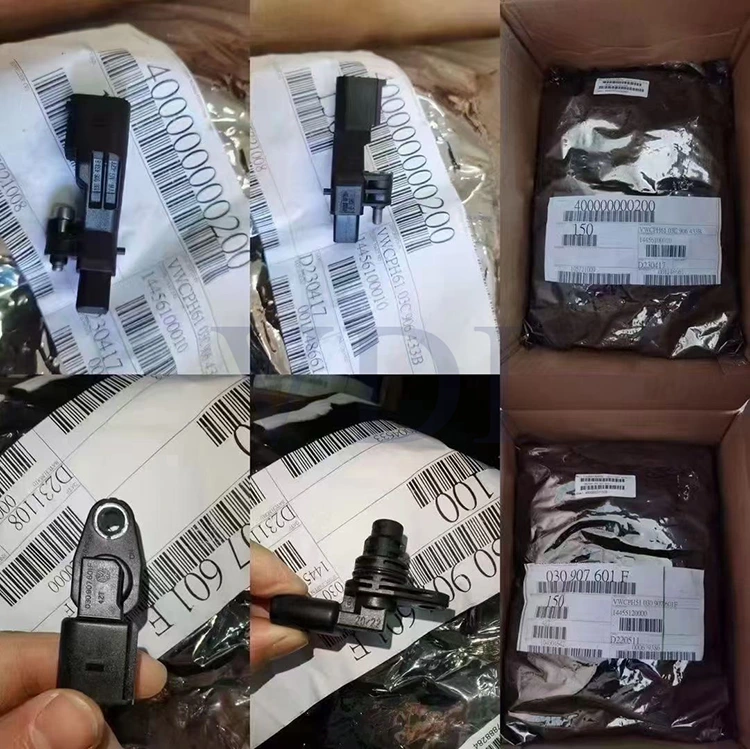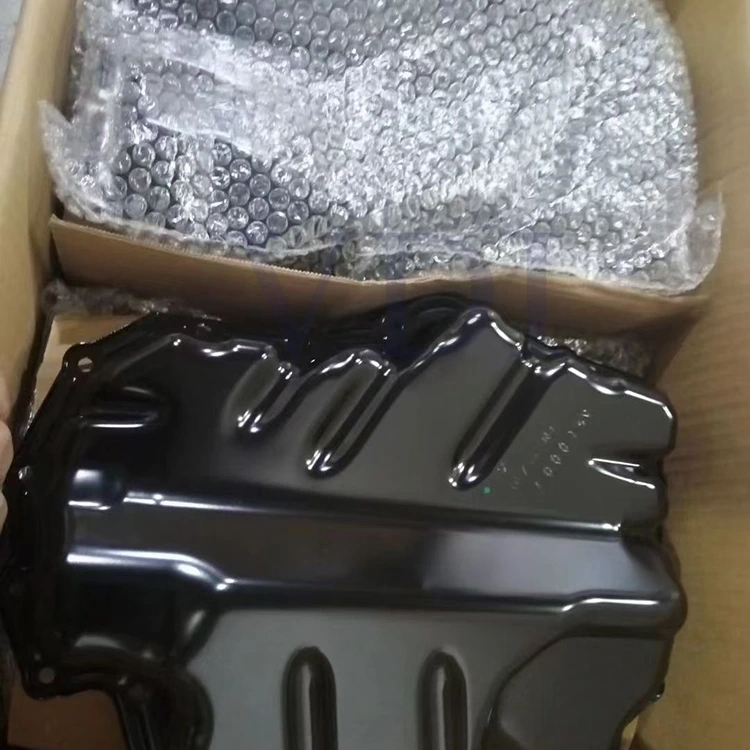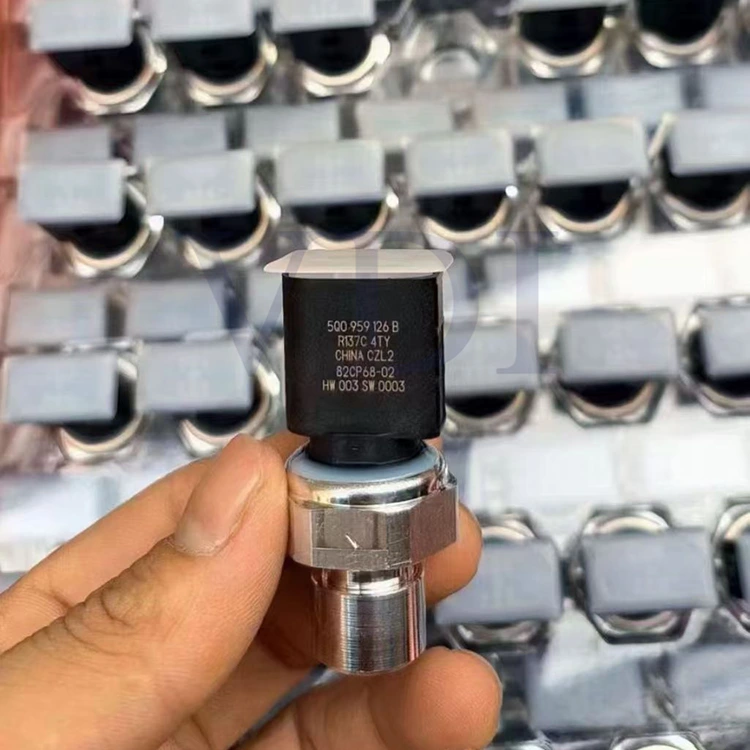High-Performance Engine Mount 5Q0199262 BJ – Specifically designed for high-power engines, it ensures durability under extreme high temperatures and pressure. Engine Mount 5Q0199262 BJ reduces excessive movement to enhance stability and provides a stronger connection between the engine and the vehicle body.
5Q0 199 262 DF
3Q0 199 262 J
AUDI A3/Q2
VW GOLF
● Budget-friendly solution for owners needing universal fit.
● Engine mount 5Q0199262BJ reduces vibration and engine noise for better driving comfort.
● Flexible choice for DIY repair or small auto shops.
● Universal fit across multiple models, high quality low cost replacement.
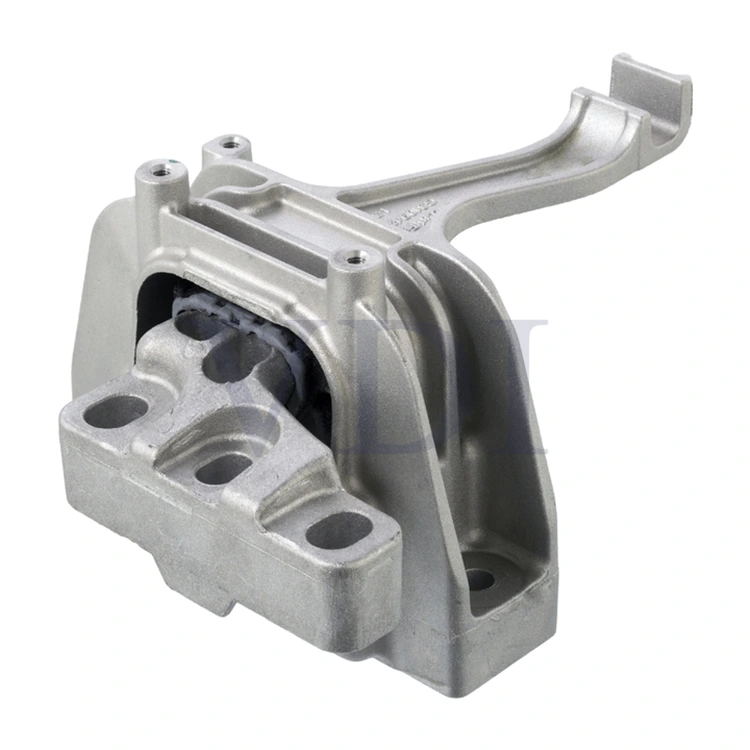



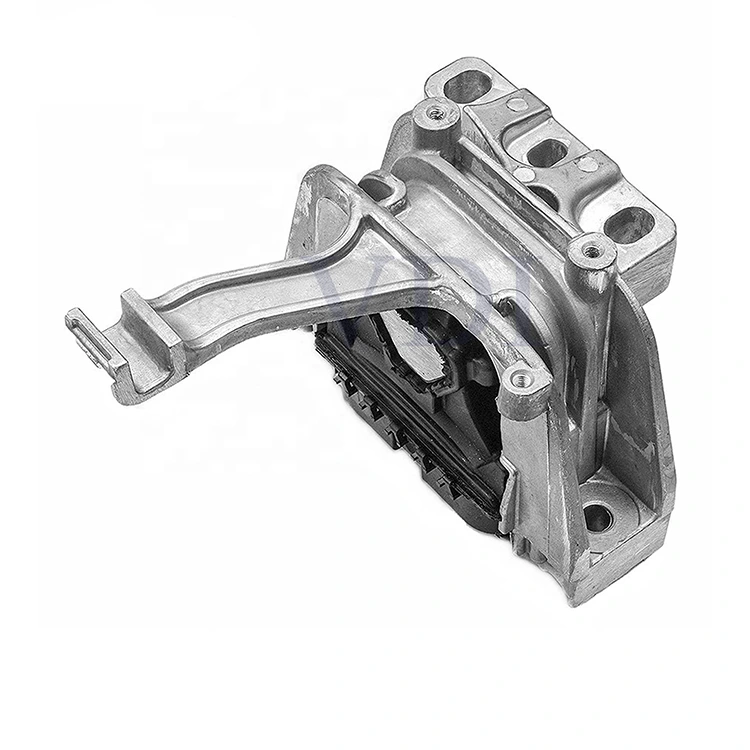
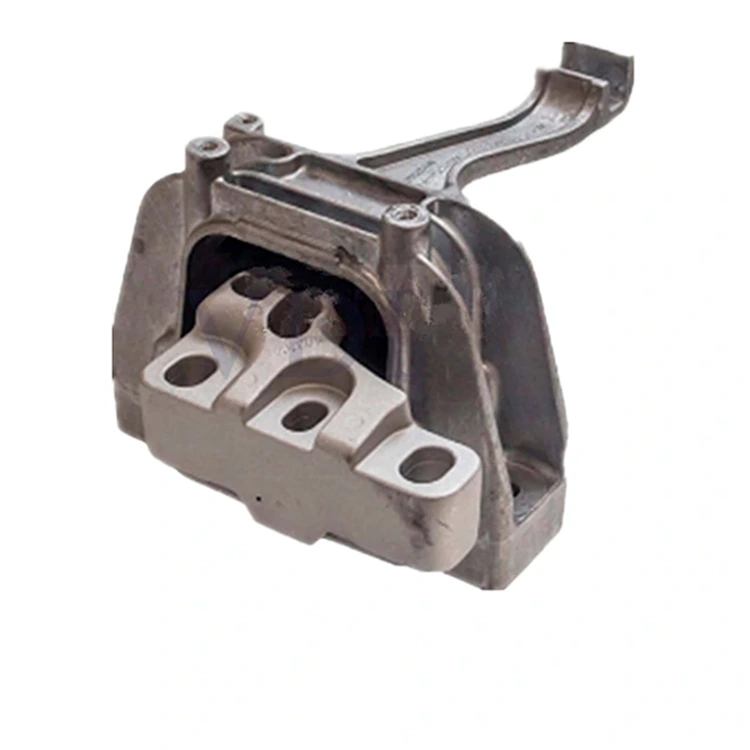
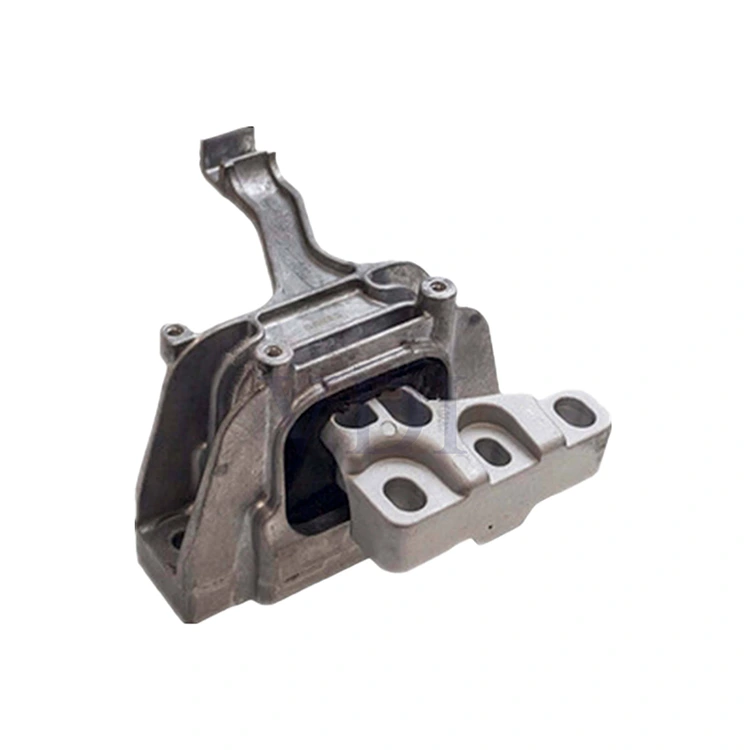

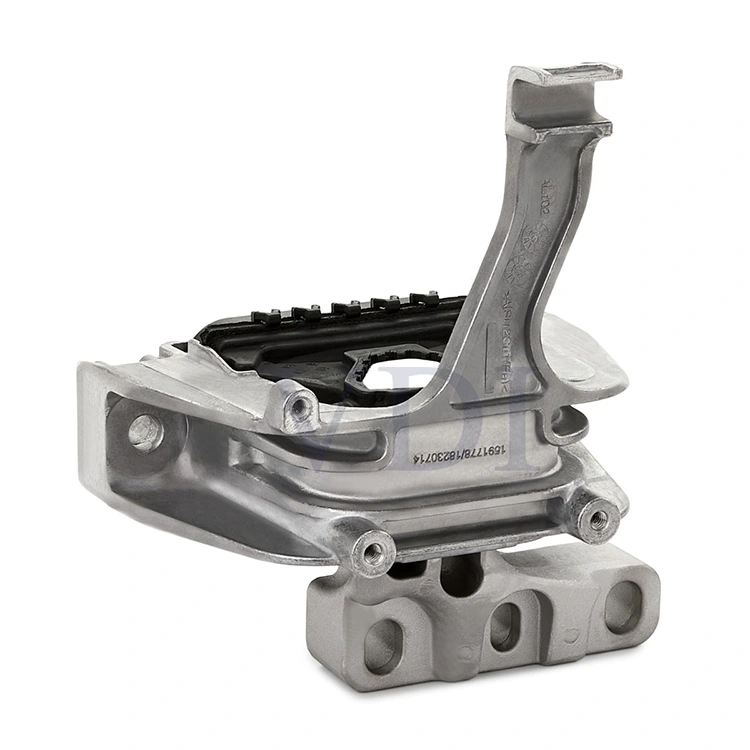
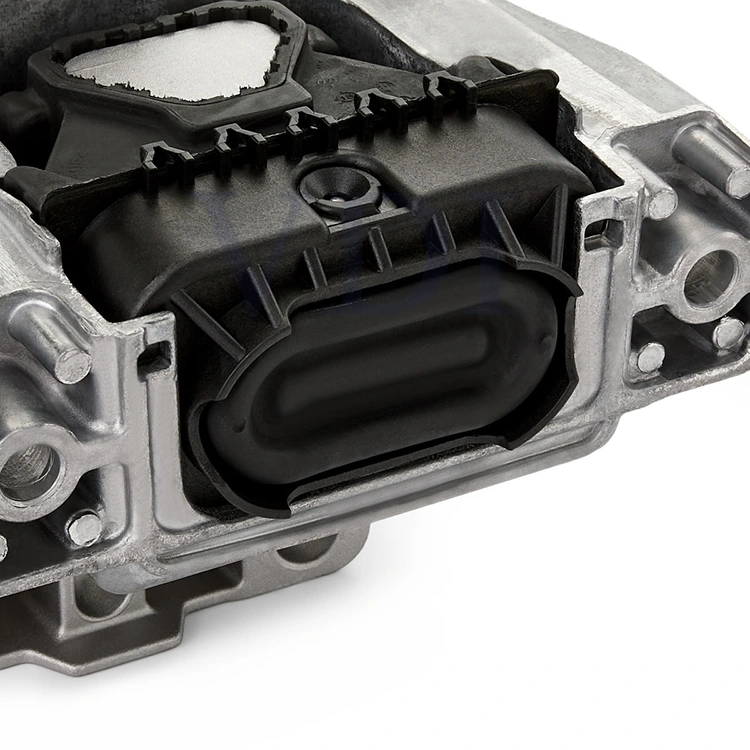

Maintaining solid engine mounts prevents the entire vehicle from rattling itself to pieces and damaging other components. Here's the no-nonsense maintenance routine that gets real results—zero filler.
1.Get Set Up Pull onto flat ground, set the parking brake, shut off the ignition. Throw on gloves and eye protection—seriously, don't skip it. Gather your gear: hydraulic jack, jack stands, complete wrench kit, pry bar, torque wrench, and don't forget the ratchet with sockets. Lift the working side, lock in the stands firmly. Relying only on the jack? Recipe for disaster. Skip that mistake.
2.Locate the Mounts They're the chunky rubber blocks (often rubber with metal cores) wedged between the engine block and chassis. Typically 2–4 in total. Their gig: absorb vibrations, stop the powerplant from bouncing around. Remove any obstacles blocking access—air filter housing, intake piping, heat shields, you name it. If space is tight for tools, yank whatever's in the way.
3.Remove the Worn Mount Position a jack under the oil pan (use a wood block to protect it) or hook up an engine hoist bar from above to bear the engine's load. No support means the motor drops on you. Loosen all fasteners—both engine-side and frame-side. Keep the hardware if it's still in good shape. Once loose, use the pry bar to ease the old mount out. Watch those wires and lines—avoid yanking or breaking them.
4.Install the Fresh One Fit the new Engine mount 5Q0199262BJ precisely in the original spot. Align the mounting holes perfectly with the bracket and frame (some are directional only). Start bolts by hand, tighten snug, then apply torque per your service manual specs. Under- or over-torquing means you'll be replacing it again soon. Check engine alignment before final tightening. Off-kilter setup stresses the mount and shortens its life.
5.Reassemble Everything Reinstall anything removed for access—intake components, airbox, exhaust pieces—secure them properly. Inspect every wire and hose you disturbed. No pinches, no pulls.
6.Lower the Vehicle Ease it down gradually, remove the stands, give the car a few bounces to settle suspension. Start the engine. Listen and feel for odd vibrations or noises. Anything strange? Kill it and troubleshoot. All good and silent? Job complete.
7.Final Check Scan for new leaks of oil or coolant near the mount. Take a short test drive. Engine steady and ride comfortable? Mission accomplished.
Tips That Really Pay Off: When purchasing, invest in OEM or a reputable brand (like VDI). Super-cheap options fail quickly and end up costing more overall. Always follow torque values from your manual—incorrect settings destroy mounts and nearby parts. Unsure or not a fan of under-car work? Let a pro handle it. Way cheaper than breaking an exhaust manifold.
That's the complete replacement process, plain and direct, no extras. VDI Engine mount 5Q0199262BJ earns your confidence.

1.Routine Checks (Don't Skip 'Em) Every couple of oil changes, lift the hood and give the mounts a good stare-down. Hunt for cracks, tears, rubber that's cracked open or turned stiff and shiny. Oil or coolant leaking onto them? That's melting the rubber fast—patch that leak ASAP. Engine running in Park (brake held), get a friend to slowly rev it while you observe. If the engine shifts more than about an inch, the mounts are toast. Same deal on shutdown—if it drops with a heavy thud, time to hunt for replacements.
2.Pay Attention While Driving Gear changes banging like a sledge? Wheel vibrating at red lights in Drive? That's the engine bouncing on worn mounts. Loud thumps when you floor it or ease off? The powerplant's hitting things it shouldn't since nothing's keeping it locked in place.
3.Protect from Crud Heat, oil, coolant, transmission fluid—any of that drenching the rubber accelerates breakdown. Seal leaks quick. Live where roads get salted in winter? Rinse the engine bay lightly (motor cold) occasionally to stop rust from eating the metal cores in the mounts.
4.Smart Prevention Steps Flip through your owner's manual—older mounts might need a touch of grease or silicone spray per the schedule. Modern ones usually want nothing but staying clean. If you push the vehicle hard—racing, hauling, high horsepower, off-roading—upgrade to tougher polyurethane or solid mounts sooner. They handle the punishment and endure.
5.Clear Signs Replacement Is Due
Rev in neutral or power-brake test: engine rises or drops excessively.
Open hood: engine appears slanted or off-level.
Thud when shifting into gear or launching from a stop.
Fresh vibrations felt in the seat and steering that showed up recently. Hit any of these? Stop delaying. Failed mounts lead to cracked exhaust headers, torn CV joints, and hammered transmissions.
1.Have a Mechanic Look You'll spot the obvious, but a hoist and expert eyes catch hidden rips you can't see from above. At every routine service, tell the tech to check the mounts—it takes half a minute.
2.Choose Quality Replacements When buying new, shell out for OEM or a trusted name (like VDI Engine mount 5Q0199262BJ). Bargain-basement unknowns fail quick and rack up higher costs over time.
3.Drive to Make Them Last Skip the full-throttle launches, clutch drops, and crater-hitting. Gentle operation extends life. Avoid loading the cargo area like a moving truck every weekend—excess weight kills mounts.
Follow this plan and mounts often reach 150-200k miles no problem. Ignore it and you'll be cursing under the vehicle much earlier. Up to you.
Engine Mount Aging Symptoms: What to Watch For and Why Act Fast
Engine mounts, often called "engine feet" or "rubber mounts" in everyday shop talk, are those unsung heroes bolting your engine to the chassis. They soak up vibrations, keep the powerplant steady, and prevent your whole ride from feeling like a milkshake blender. But when they age—usually after 60,000-100,000 km or 5-8 years—they start crumbling, leading to annoying shakes, weird noises, and potential big-ticket fixes down the line. Ignoring them? You could end up stressing the transmission, cracking exhaust parts, or worse. Spot two or more? Time to swap—don't wait for the clunks to turn into breakdowns.
Aging mounts don't always scream for attention with obvious cracks (though you'll see those on inspection). Instead, they show up in how your car feels and sounds on the road. Here's the top five red flags, straight from forum threads packed with dashcam clips and repair bills:
1.Obvious Engine Shaking During Reverse or Startup: That gut-punch vibration when you shift into reverse or pull away from a stop? It's the engine flopping around because the rubber's lost its grip. Cold starts make it brutal—feels like the whole cab's about to vibrate off the frame. Once warmed up, it might mellow a bit, but that's no fix; it's just hiding the problem.
2.Idle Vibrations in the Steering Wheel or Brake Pedal: At a light in Park or Drive, your steering wheel buzzes like it's got a bee inside, or the brake pedal thumps under your foot. This is the engine's vibes sneaking through worn rubber, turning a smooth idle into a shaky mess. Owners report it worsening in traffic—super distracting and a sign the mounts aren't damping anything anymore.
3.Thumping Noises Over Speed Bumps or Rough Roads: Hit a pothole or speed bump, and you get that ominous "thud-thud-thud" from under the hood? That's the engine smacking the chassis because the mount's collapsed or torn. It's not just annoying; it can lead to metal-on-metal contact, accelerating wear on nearby parts like the exhaust or driveshaft.
4.Excessive Engine Movement on Visual Check: Pop the hood and give the engine a gentle rock (engine off, of course). If it shifts more than an inch or two without resistance, the rubber's shot. Pro mechanics on Autohome swear by this quick test—pair it with a cold-start rev to see the full flop.
5.Related Fault Codes and Secondary Issues: Your dash might light up with codes like P0300 (random misfire) or P0420 (catalyst efficiency), but they're often downstream from mount failure. Vibes throw off sensors, mimicking timing or fuel problems. One common thread: ignored mounts lead to uneven torque distribution, stressing the transmission.
Real-World Experiences: Lessons from the Road
Hundreds of owners sharing dashcams and invoices. Take this Mercedes GLC case: At just 60,000 km, the driver noticed idle shakes and thumps over curbs. Thought it was tires at first, but a quick shop diag pointed to the front-left mount (common weak spot on luxury SUVs). Swapped it for ~$300 in parts/labor, and poof—no more vibes. Best part? It nipped a potential $2,000 transmission rebuild in the bud, as the shaking was starting to wear the torque converter. Moral: Early swap saves your wallet and sanity. Another user with a VW Tiguan echoed it—ignored reverse shakes led to a cracked exhaust manifold, doubling the bill.
Your engine's a 200+ hp beast twisting thousands of times a minute. Mounts (typically four: front/rear left/right) use rubber or hydraulic fluid to cushion that chaos. Aging hits via heat cycles, oil soaks, or road abuse—rubber hardens, cracks, or leaks, letting vibes loose. Fault code analysis from threads shows 70% of "mystery shakes" trace back here, not fancy electronics.
● Spot It Early: Every oil change, eyeball the mounts for cracks/oil residue. Do the "rock test" quarterly.
● DIY Check: Safe on a jack—watch for >1cm play under light throttle.
● Replacement Heads-Up: Go OEM or solid aftermarket (like VDI ).
● Bottom line: Worn mounts aren't just uncomfortable—they're a domino for pricier repairs. Catch the shakes now, and keep your drive buttery smooth.
● We offer custom bulk discounts for large quantity buyers, making every Engine mount 5Q0199262BJ purchase super cost-effective. The more you buy, the bigger the discount—maximum savings guaranteed.
● Our strong production capacity and inventory management ensure stable supply for big orders, with flexible delivery times adjusted to your needs—no delays to your production schedule.
